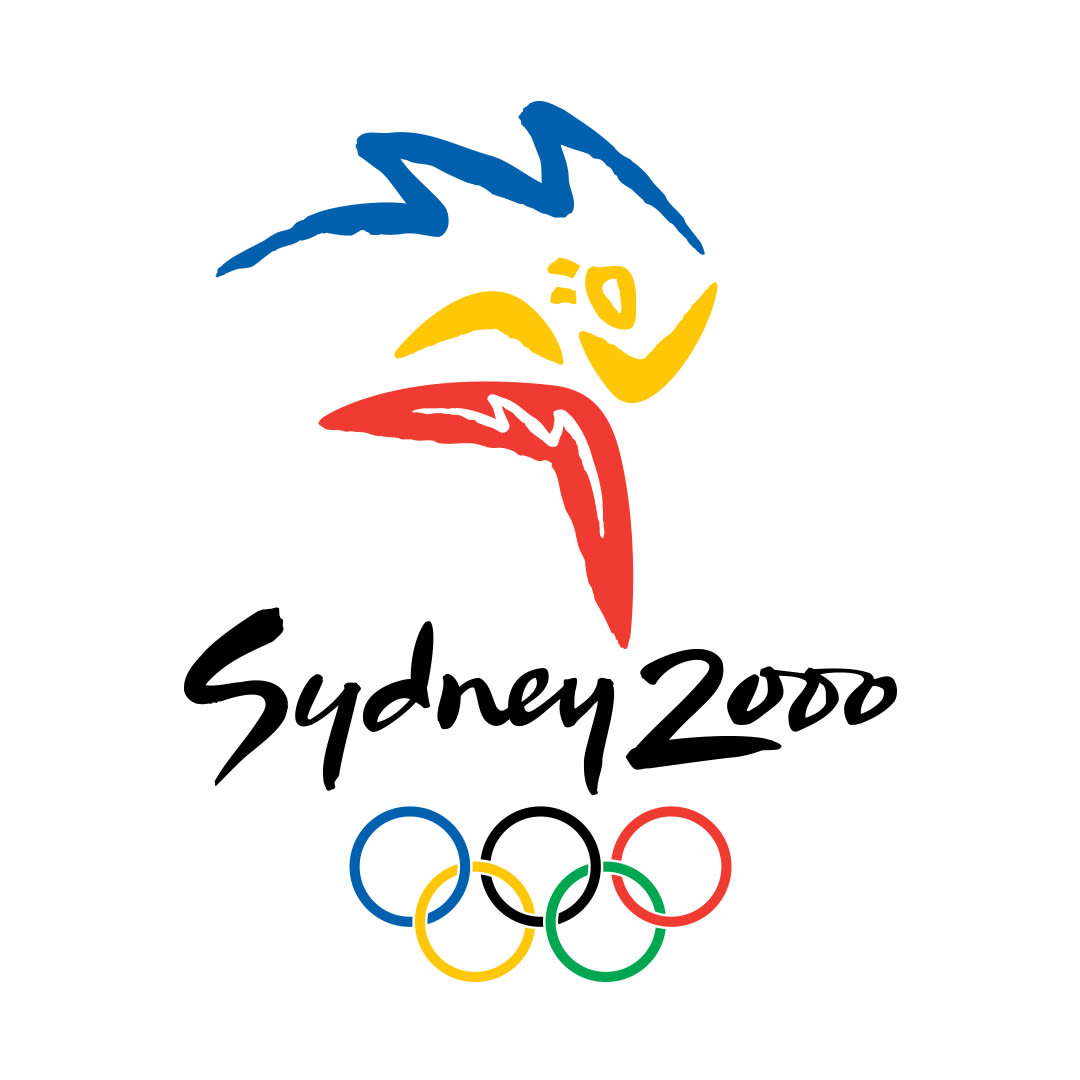
Olympic Games Sydney 2000
Sydney 2000The Torch
Route Design and Details
Lit in Olympia, the flame was carried by relay for about 10 days in Greece. The relay then visited 12 island countries and territories of Oceania, beginning with Guam, where the flame landed on 22 May. Due to political tension, the Organising Committee cancelled the originally scheduled Fiji stop between Tonga and New Zealand. In New Zealand, the last leg before Australia kicked off on 5 June in the snow of Coronet Peak, Queenstown, on the South Island. It ended on 7 June in Auckland, on the North Island.
On 8 June, the flame reached Yulara in Australia and the relay began near the sacred rock of Uluru, also known as Ayers Rock. Nova Peris-Kneebone, a hockey gold medallist at the Atlanta 1996 Games, ran barefoot in the first leg of the relay on Australian soil as a mark of respect for the Aboriginal people, of whom she was one.
The flame travelled the country for 100 days in passing through over 1,000 towns and suburbs. Modes of transport included a section on camel back in Broome, a railway journey across the Nullarbor Plain on board the Indian Pacific and a trip by surfboat in the rollers of Bondi Beach in Sydney.
On 15 September, during the Games Opening Ceremony, the flame was carried into the Stadium by Betty Cuthbert who sat in a wheelchair, pushed by Raelene Boyle. Then, in turn, Dawn Fraser, Shirley Strickland, Shane Gould and Debbie Flintoff-King relayed the flame to Cathy Freeman. Freeman climbed a series of steps, positioning herself at the centre of a shallow circular pool and stood level with the water to light the 150 burner nozzles placed just below it. A circle of fire surrounded the athlete before the whole cauldron was raised to the top of the Stadium where it burned for the duration of the Games.
Map of the Route
Facts and Figures
Start date: 10 May 2000, Olympia (Greece)
End date: 15 September 2000, Olympic Stadium, Sydney (Australia)
First torchbearer: Lambros Papakostas, Olympic participant in athletics (1992, 1996)
Last torchbearer: Cathy Freeman, Olympic participant in athletics (1992, 1996, 2000), gold medallist in Sydney 2000 and silver medallist in Atlanta 1996
Number of torchbearers: ~900 in Greece, ~1,500 in Oceania, 11,000 in Australia
Recruitment of torchbearers: In Australia, the Community Torchbearers programme allowed the Australian general public to nominate people who were notable for their achievements or worked for the common good. Through this programme, 6,000 torchbearers were selected from among a total of over 43,000 nominations.
The rest of the torchbearers were either chosen through sponsors, media partners and the Organising Committee, or were Olympians. About 7 per cent of the torchbearers were of Aboriginal and Torres Strait Islander heritage.
Distance: 1,696km on land and 463 nautical miles in Greece, ~17,000km in Oceania, 27,000km in Australia.
Countries visited: Greece, Guam, Palau, Federated States of Micronesia, Nauru, Solomon Islands, Papua New Guinea, Vanuatu, Samoa, American Samoa, Cook Islands, Tonga, New Zealand, Australia
Torch Details
Description: The torch took its inspiration from the Sydney Opera House, the blue of the Pacific Ocean and the boomerang. It is made of three layers of different materials. The inside layer is made of stainless steel and contains the fuel system. The blue middle layer is made of anodised aluminium and contained the fuel reservoir. The outer layer is made of treated aluminium. These three layers represented earth, water and fire. The emblem of the Games featured at the top of the torch.
Colour: White, blue, silver
Height: 77.5cm
Composition: Steel, aluminium
Fuel: Mixture of propane and butane. The combustion duration is 20 minutes.
Designer / Manufacturer: Blue Sky Design / GA & Harrington
Did You Know?
Thanks to the efforts of Dr. Andy Thomas, a NASA astronaut from Australia, a special version of the torch and a flag bearing the emblem of the Games was taken into space for about 10 days in May 2000 on the Atlantis space shuttle’s trip to the International Space Station.
On 27 June 2000, the flame was taken on an underwater journey of 2 minutes 40 seconds at the Great Barrier Reef, not far from Cairns. A flare system, burning at 2,000°C, maintained the flame and made it visible underwater.
The concept for the Olympic cauldron and its lighting was already envisioned in 1993 when Sydney had just been elected host city of the Games of the XXVII Olympiad. Two years later, the concept was integrated in top secret into the architecture of the Stadium in order to put in place the structures that would allow the seven tonne cauldron to be raised to the top of the north stand.
The torch was endowed with a safety system. If it was turned upside down or lay on the ground for more than 10 seconds, it would go out automatically.
2000
Discover the Games
The Brand
A visual identity is developed for each edition of the Olympic Games.Brand
The Medals
Beginning as an olive wreath, medal designs have evolved over the years.Medals
The Mascot
An original image, it must give concrete form to the Olympic spirit.Mascot
The Torch
An iconic part of any Olympic Games, each host offers their unique version.Torch
